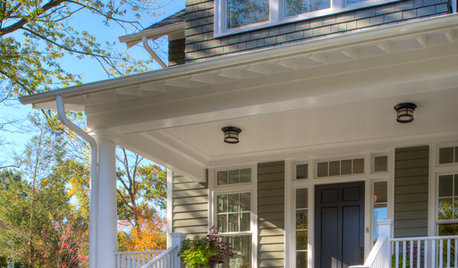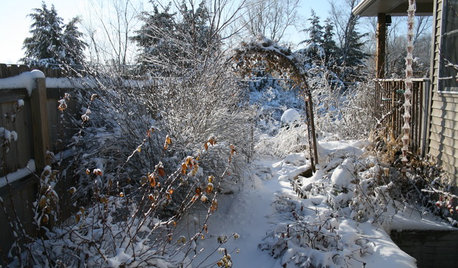Saved beans for seed wrinkly and dull
plantslayer
14 years ago
Related Stories

INSPIRING GARDENSNative Plants Bring 10 Southern California Front-Yard Gardens to Life
Rare plants, rain gardens and wildlife habitats are just a few of the features showcased on the 2016 Theodore Payne Native Plant Garden Tour
Full Story
MONTHLY HOME CHECKLISTSOctober Checklist for a Smooth-Running Home
You're due for some winterizing, like clearing rain gutters and stowing swimsuits — but leave time for a fun project
Full Story
DECORATING GUIDESThe '70s Are Back. Can Ya Dig It?
No need to cringe. These 21 groovy blasts from the past are updated to look fabulous today
Full Story
LIFE6 Ways to Beat the Winter Blahs
Snow and dark days dampening your spirits? These ideas will have you looking on the bright side
Full Story





zeedman Zone 5 Wisconsin
plantslayerOriginal Author
Related Professionals
Ashburn Landscape Architects & Landscape Designers · West Chester Landscape Architects & Landscape Designers · Mount Wilson Landscape Architects & Landscape Designers · Concord Landscape Contractors · Gallatin Landscape Contractors · Goodlettsville Landscape Contractors · Kaysville Landscape Contractors · Severna Park Landscape Contractors · Spring Landscape Contractors · Washington Landscape Contractors · West Covina Landscape Contractors · Wheat Ridge Landscape Contractors · Solana Beach Decks, Patios & Outdoor Enclosures · Gladstone Decks, Patios & Outdoor Enclosures · Kissimmee Decks, Patios & Outdoor Enclosureszeedman Zone 5 Wisconsin
tcstoehr
happyday
zeedman Zone 5 Wisconsin
plantslayerOriginal Author
aftermidnight Zone7b B.C. Canada
happyday
plantslayerOriginal Author